I've been playing Letterpress a lot lately.
The aim of the game is pretty much to score as many blue tiles as possible by making words out of the letters on the board. When you play your word, letters composing the word will turn blue unless the letter was surrounded by red tiles.
A regular Letterpress board looks like this:

I realised that the letters on the board must be generated with some sort of rules, otherwise it will be really hard to play the game with some boards. I could only think of the rule where there must be a number of vowels. I wonder if there are other rules in place.
Additionally, I wonder if this will be anything similar to generating Boggle dices.